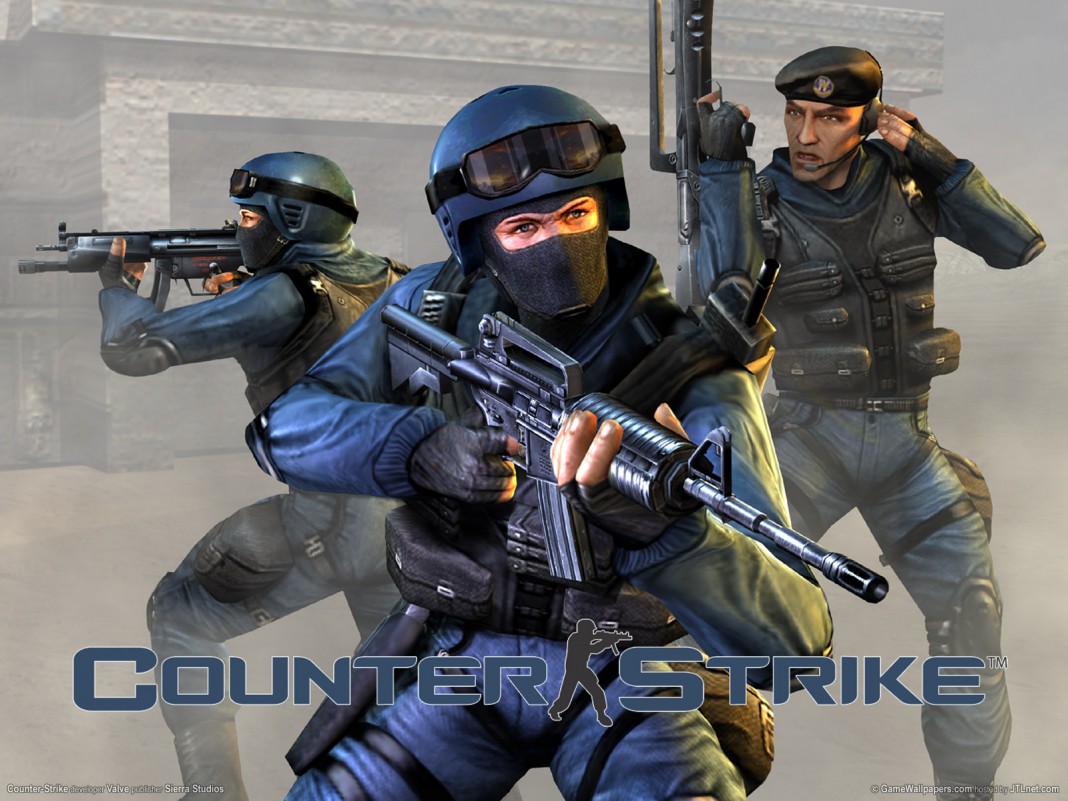In this five-part series, we’ll go back to five of the oldest games that birthed esports, play them, and examine their relevance in esports today.
Counter-Strike
Perhaps the series that is still most relevant to today’s esports also has quite a long history in competitive gaming.
Counter-Strike (frequently abbreviated as CS) is a series of multiplayer first-person shooter games, in which teams of terrorists and counter-terrorists battle to, respectively, perpetrate an act of terror (bombing, hostages) and prevent it. The series began on Windows in 1999 with the first version of Counter-Strike. It was initially released as a modification for Half-Life and developed by Minh “Gooseman” Le and Jess “Cliffe” Cliffe, before the rights to the game were acquired by Valve.
Upon its retail release, Counter-Strike received highly favorable reviews. The New York Times reported that E-Sports Entertainment ESEA League started the first professional fantasy e-sports league in 2004 with the game Counter-Strike. Some credit the move into professional competitive team play with prizes as a major factor in Counter-Strike‘s longevity and success.
Counter-Strike: Condition Zero followed, developed by Turtle Rock Studios and released in 2004. Later that same year, Valve released Counter-Strike: Source.The game was a remake of the original Counter-Strike and the first in the series to run on Valve’s newly created Source engine. However, Source was criticized by the competitive community, who believed that the game’s skill ceiling was significantly lower than that of the original.
The fourth game in the main series to have been developed by Valve, Counter-Strike: Global Offensive, was released in 2012 for Windows, OS X, Xbox 360, and PlayStation 3. CS:GO is the game that we now play, love, and watch.
You May Like
Counter-Strike: Global Offensive adds new weapons and equipment not seen in previous installments, most notably the firebomb for each side which temporarily cover a small area in fire, dealing damage to anyone passing through and the weapon cosmetics, added post-release to create a virtual micro-economy via the Steam Market.
In CS: GO, in addition to normal tournament circuits hosted by third-party organizations, Valve organizes or co-sponsors a series of events itself, referred to as ‘majors’. These events are special in that they have large prize pools, which are crowdfunded by the community via in-game keys bought to open in-game cases. Also contributing to the prize pools are special in-game cosmetics – usually in the form of stickers of the qualified teams logo, and signatures of qualified players that can be applied to guns. Stickers and signatures can be used to predict the results of the tournament and are purchasable from Valve during the duration of the tournament.
In addition to tournament play, the community has found another way to be competitive in the world surrounding CS: GO. Using Valve’s case keys, some organizations have established third-party betting websites on the outcomes of competitive matches.
Counter-Strike has come a long way and evolved majorly. Now, it’s bigger than ever, and if you haven’t played or watched it yet, there’s no better time to!
















